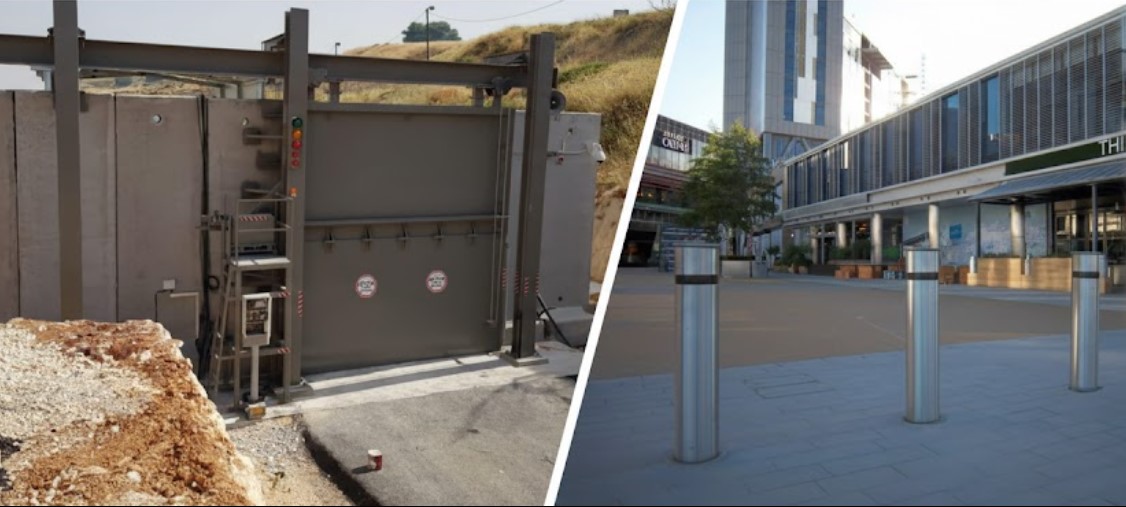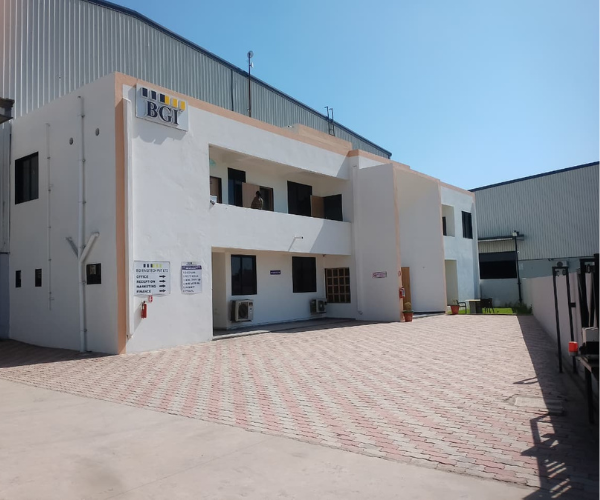
Overview
Advancements in bollard design deliver tailored security solutions for diverse applications. Selecting the right bollard type balances deployment speed, reliability, and budget.
Fixed Bollards
• Overview: Solid steel or concrete-filled posts are permanently anchored.
• Pros: Lowest cost, minimal maintenance, immediate readiness.
• Cons: No access flexibility.
• Use Cases: Pedestrian zones, storefront protection.
Hydraulic Bollards
• Overview: Powered by underground hydraulic pumps to raise/lower.
• Pros: Fast deployment (<3 s), high impact ratings (50–100 kJ).
• Cons: Higher installation cost, requires hydraulic maintenance.
• Use Cases: Government checkpoints, diplomatic missions.
Retractable Bollards
• Overview: Manually or electronically lowered into the ground for temporary access.
• Pros: Flexible access control, moderate installation cost.
• Cons: Lower impact rating than fixed or hydraulic.
• Use Cases: Emergency vehicle access, event management.
Lifecycle Cost Comparison
| Bollard Type | Installation Cost | Maintenance Frequency | Typical Lifespan |
| Fixed | Low | Annual | 25+ years |
| Hydraulic | High | Quarterly | 15–20 years |
| Retractable | Medium | Biannual | 10–15 years |
Industry Use Cases
• Government: Hydraulic for embassies.
• Hospitality & Retail: Fixed for storefront protection.
• Events & Emergency Services: Retractable for flexible access.








